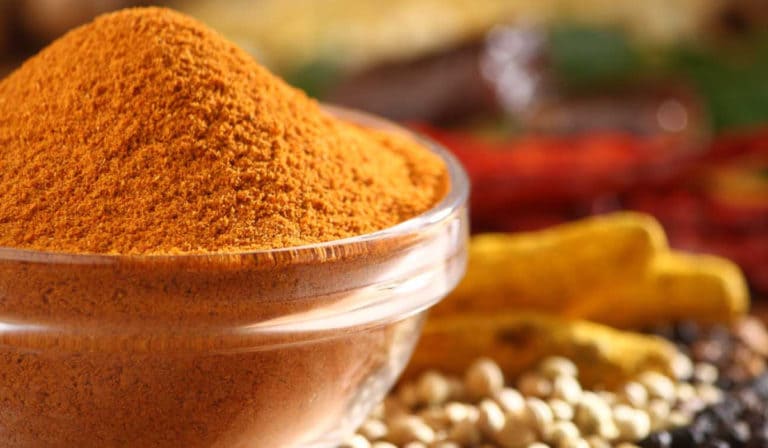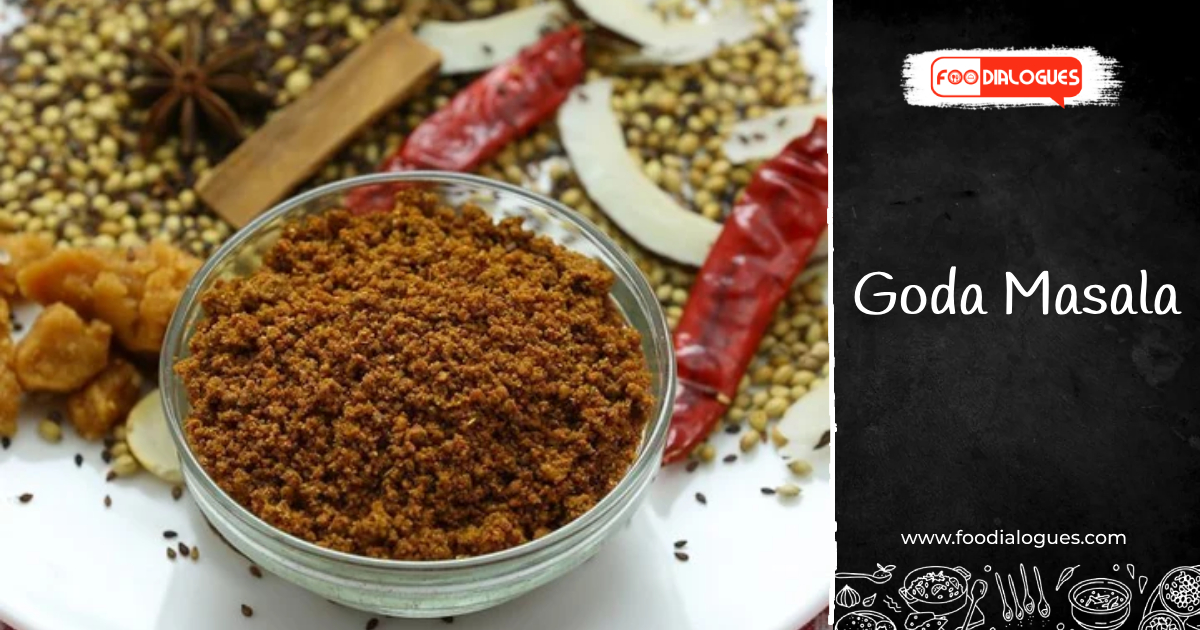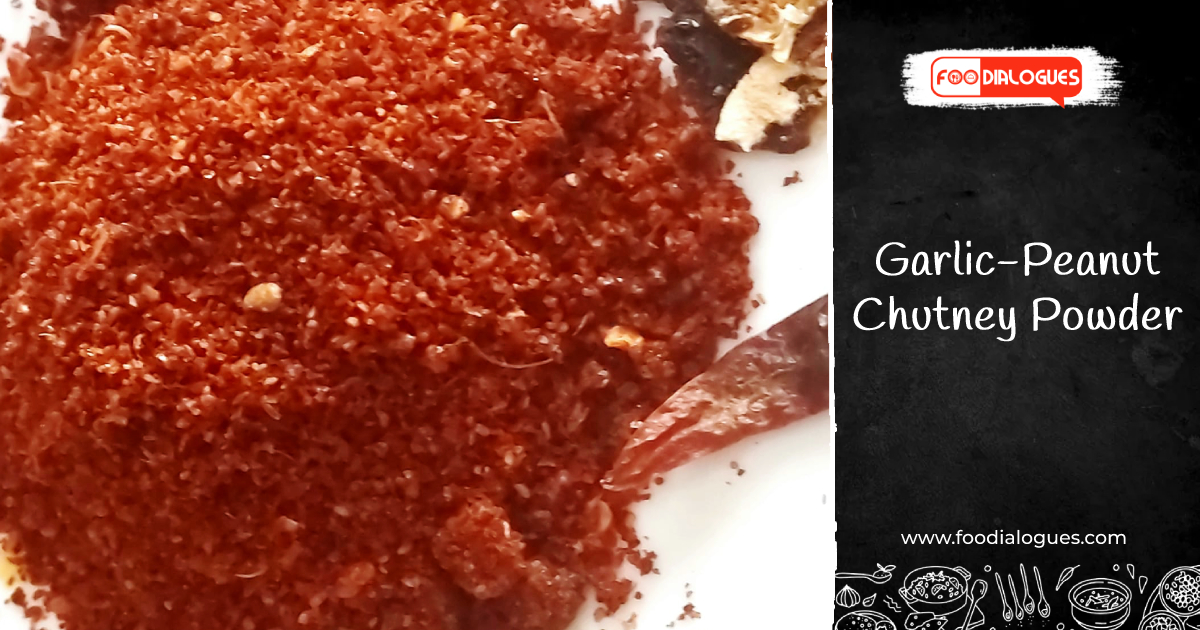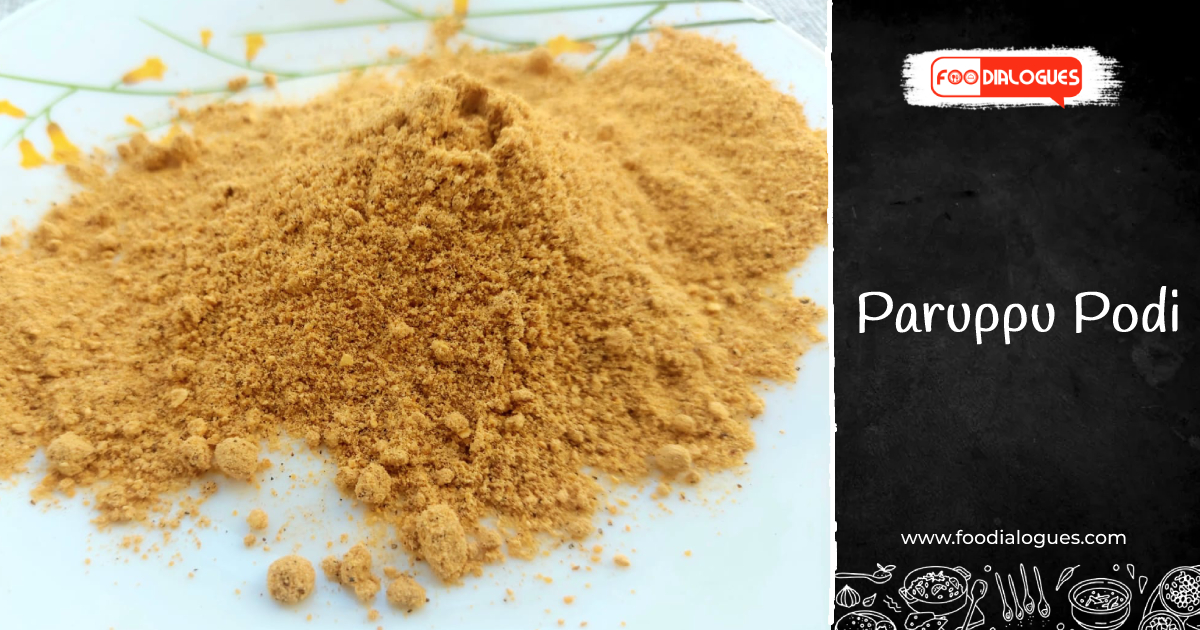My family woke up to the 7th day of the week (Yes you guessed it right..its Sunday) to the aroma of murungakai (drumstick) sambar and potato roast our customary lunch menu. To add some frill the dining table will also hold a plate of deep fried “appalams”. An absolute cheat day where all diet and nutritional principles are set aside to appease only our taste buds.
The base for a delicious sambar is the unique spice powder commonly called as the sambar powder. The ingredients of this spice mix and method of preparation is a closely guarded secret in most households in the South. This is the reason why the taste of sambar also varies from household to household.
I learnt the art of making sambar powder from my grandmother’s sister 34 years back. This 94 year grandmother of mine is a passionate cook and still potters around her kitchen much to the anxiety of her family.
A good aromatic sambar powder is the result of the right combination of good quality fresh spices roasted to perfection and ground into a fine powder. This spice mix is best when freshly ground in small quantities and stored in air tight containers. Exposure to light and oxygen can impact the integrity of the volatile oils in the spices thus affecting their characteristic aroma and flavour.
RECIPE
- Coriander seeds – 200Gms
- Red chilly – 200Gms
- Tuvar Dal – 1/2 Std cup
- Chana Dal – 1/2 Std cup
- Udad Dal – 1/4 Std cup
- Fenugreek seeds – 2 Std tbsp
- Pepper – 2 Std tbsp
METHOD
- Heat an Iron wok.
- When absolutely hot lower the flame.
- Dry roast each ingredient separately for a few minutes till you get a fragrant aroma of the same
- Cool the ingredients
- Pulverise to a fine powder
- Cool and store in an air tight jar
Note
Fresh coriander seeds that are light green in colour will be more flavourful. The dals can be roasted in a quarter teaspoon of ghee for enhanced flavour. I avoid adding turmeric sticks to the spice mix because there is a possibility of insect infestation if stored for long. Hence add turmeric to the sambar while cooking.




